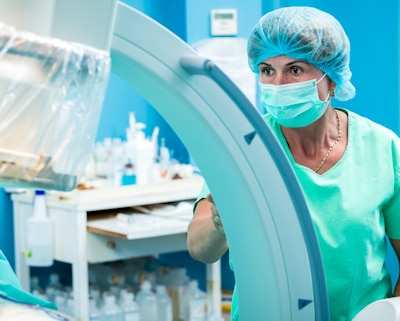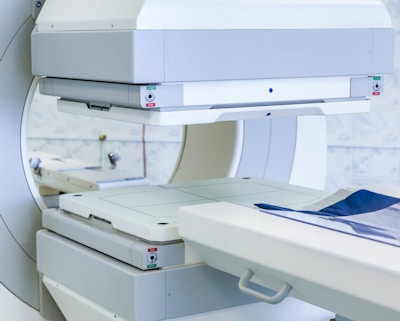September 6, 2022 — The widespread use of C-arms across radiology, cardiology, and surgery departments at larger hospitals is contributing to healthy growth prospects for the modality, according to IMV Medical Information Division’s newly published 2022 Fixed C-arm Market Outlook Report.
The current C-arm installed base is concentrated in radiology and cardiology departments of larger hospitals. As of the 2022 survey, C-arms are installed in 64% of radiology and 63% of cardiology-related departments.
In terms of units, 42% of fixed C-arms are located in cardiology-related departments, 35% are in radiology-related departments, and 23% are in surgery-related departments. Hospitals with more than 200 beds are much more likely to have fixed C-arms installed in more than one department compared to hospitals with less than 200 beds.
In hospitals with more than 200 beds, 73%-85% have a C-arm in more than one department. In contrast, for hospitals with less than 200 beds, 64% have a C-arm installed in just a single department.
In 2021, the majority of patient cases on fixed C-arms were performed in cardiology- and radiology-related departments, with roughly 40% of cases each, the remaining 20% of cases were performed in surgery-related departments, according to the IMV survey.
Larger hospitals are performing a significant share of the overall C-arm cases. In 2021, the largest 400+ bed hospitals accounted for 44% of the reported patient cases, adding in the 25% share of cases performed at 300 to 399 bed hospitals brings the total share of C-arm cases performed at 300+ bed hospitals to almost 70%.
Looking ahead through 2022, the number of patient cases on fixed C-arms is projected to increase by roughly 16% year over year, according to estimates from survey respondents.
Demand for fixed C-arm systems is likely to remain high, with 62% of hospitals considering (responses of “Maybe Planning” or “Yes, Plan to Acquire”) the purchase of a fixed C-arm system between 2023 and 2025.
Regarding portable C-arms, a robust 88% majority of hospitals reported that they use portable/mobile C-arm units in their surgery/operating department. The top use of portable C-arms is for general surgery and orthopedic procedures, and in line with this, orthopedic and general surgeons are the most likely physicians to be using portable C-arms.
Demand for portable units is healthy as well, with 53% of hospitals considering (responses of “Yes, planning” or “Maybe planning”) the purchase of portable C-arm units from 2022 through 2025.
Regarding the availability of C-arms for patient procedures, departments with C-arms are open for an average of 41.1 hours during the week and an average of 7.2 hours on weekends. Smaller hospitals with less than 100 beds are open an average of 0.8 hours through the weekend with 100+ bed hospitals being open around 8 hours per weekend.
Davin Korstjens is Senior Market Research Program Manager at IMV Medical Information Division, part of Science and Medicine Group.
IMV’s 2022 Fixed C-arm Market Outlook Report explores market trends in U.S. hospitals and imaging centers, including procedure volume, manufacture-installed base features and share, the use of OEM vs. third-party service providers, purchase plans, brand loyalty and site operations characteristics.
The 2022 Fixed C-arm Market Outlook Report was published in August 2022 and is based on responses from 203 radiology/departmental administrators who participated in IMV’s nationwide survey in May – June 2022. Their responses have been projected to the IMV-identified universe of hospitals and imaging centers in the U.S. that use C-arm systems to perform imaging procedures, and the report provides market forecast scenarios addressing the C-arm unit market in the United States for 2022-2022. Vendors covered in this report include GE, Philips, Siemens, Canon, Hologic, Ziehm, Medtronic, Shimadzu and more.
For information about purchasing IMV’s 2022 Fixed C-arm Market Outlook Report, visit the corporate website at imvinfo.com or call 703-778-3080 ext. 1033 to speak with a representative. In addition to the report, all purchases will include a complimentary recording of an executive summary presentation of findings conducted by IMV’s Senior Program Manager.
Disclosure: IMV Medical Information Division is a sister company of AuntMinnie.com


